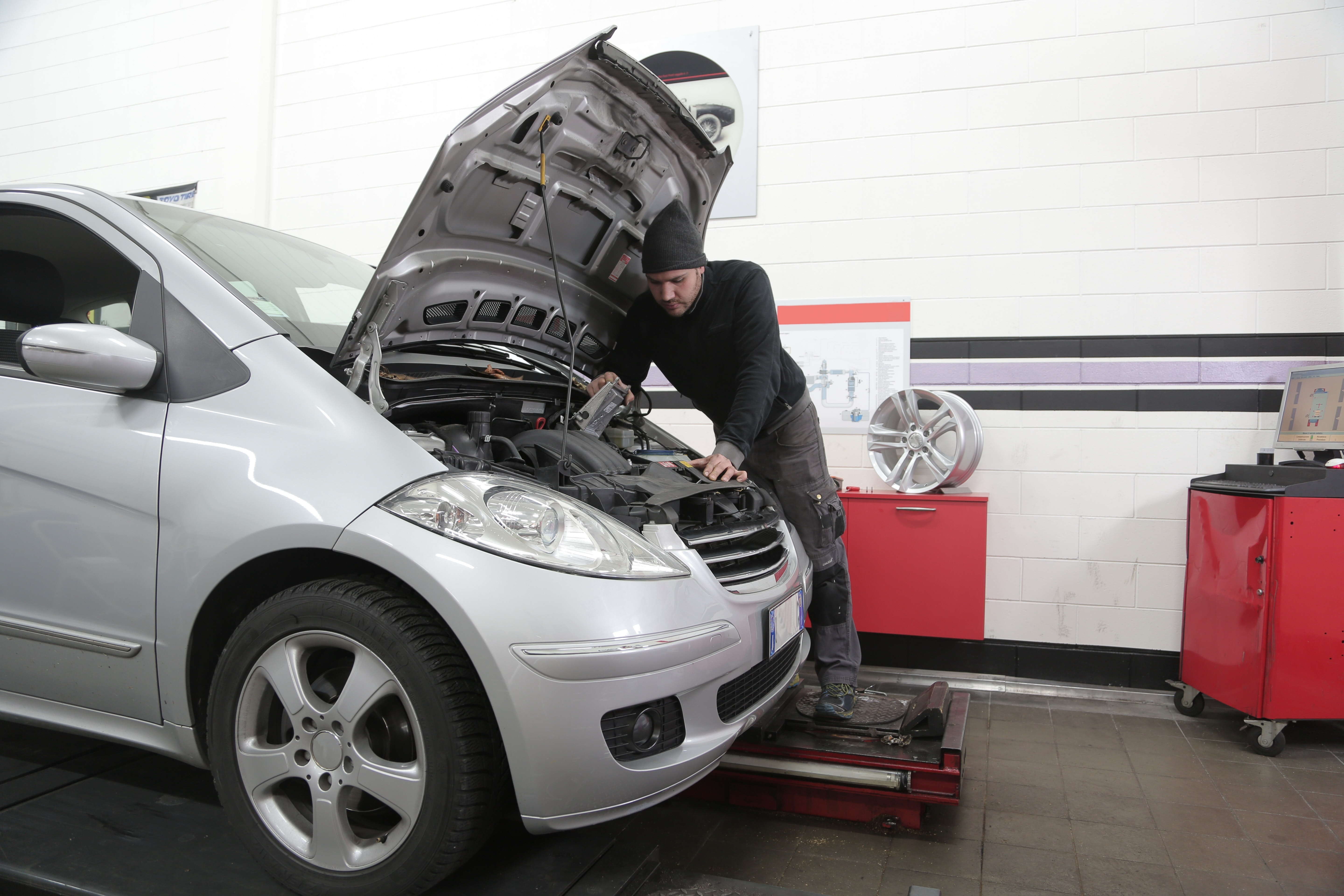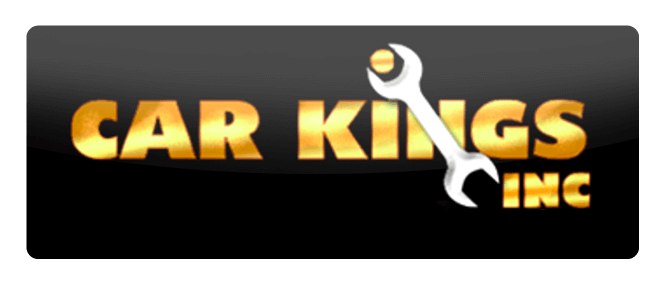

If you are a vehicle owner and do not have a preventative maintenance plan, now is the time to put one together. Ongoing maintenance is important for keeping your vehicle operating effectively and minimizing the potential for costly damage or repairs.
The good news is that a regular maintenance plan and schedule does not have to be difficult or time-consuming either. In this month’s blog, we outline a set of tasks that are important to build into any vehicle maintenance plan that you can easily implement into your monthly and yearly routine.
Sample Maintenance Checklist
| Task | Description | Timing |
|---|---|---|
| 1. Change oil and filter. | Oil is the lifeblood of your vehicle to keep engine parts lubricated, manage temperature, and keep the engine parts clean. Changing the oil and filter ensure that aging and dirty oil is replaced so that your engine can continue to perform at its best. | - Check oil level monthly - Change oil and filter every 3,000-7,000 miles, depending on your driving habits and the type of oil used. |
| 2. Check and replenish engine fluids. | Many of your vehicle’s systems require unique fluids to support their lubrication and temperature management. Your vehicle’s vital fluids include: - Brake fluid - Transmission fluid - Power Steering fluid - Coolant - Wiper fluid | - Check levels monthly (consult with your owner’s manual on proper levels) - Consult with a service professional if you notice leaks or continuously low fluid levels in any of the systems. |
| 3. Check tire air pressure and inspect treads for wear and tear. | Having properly inflated tires with good treads is an important safety consideration when on the road. Make sure to fill tires with the proper air pressure based on your vehicle’s manufactured recommendations. Visually inspect treads and sidewalls for damage, wear, and tear. | - Monthly |
| 4. Replace wiper blades. | There’s nothing worse than driving in a heavy downpour and your windshield wipers are not providing proper visibility. Blades can crack and warp over time and with temperature extremes. | -Check every 6 months to a year and replace if there are signs of wear, cracking, or warping |
There’s never any guarantees that your vehicle will not develop mechanical issues; however, if you follow the four steps above on a routine basis you can extend the health of your vehicle and mitigate many problems.
Additional Preventative Maintenance Tips
If you really want to go the extra mile with your maintenance plan, you can adopt some additional tips, as follows:
- Do a visual check under the hood: You may not know what you’re looking for but if there’s a significant issue like a loose belt, wiring, or hose, you may be able to spot it.
- Use your sense of smell, hearing, sight and touch: Our vehicles can communicate with us in other ways through sounds, smells, and visual clues. Raise your awareness of unusual things that you do not normally see, hear, or smell. For example, a rattling sound in the engine is not something that is normal. Or, dark exhaust when accelerating. Become familiar with those clues and make sure to act on them by contacting a service professional.
- Don’t ignore dashboard information: Vehicles are designed with diagnostics to alert us to potential problems with vehicle systems. When you see a warning on your dashboard, make sure to always take care of it promptly.
If you want assistance with your ongoing vehicle maintenance, contact a service professional at Car Kings to schedule an appointment. Our service technicians can review a plan that works for your vehicle and your budget.
